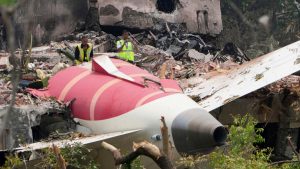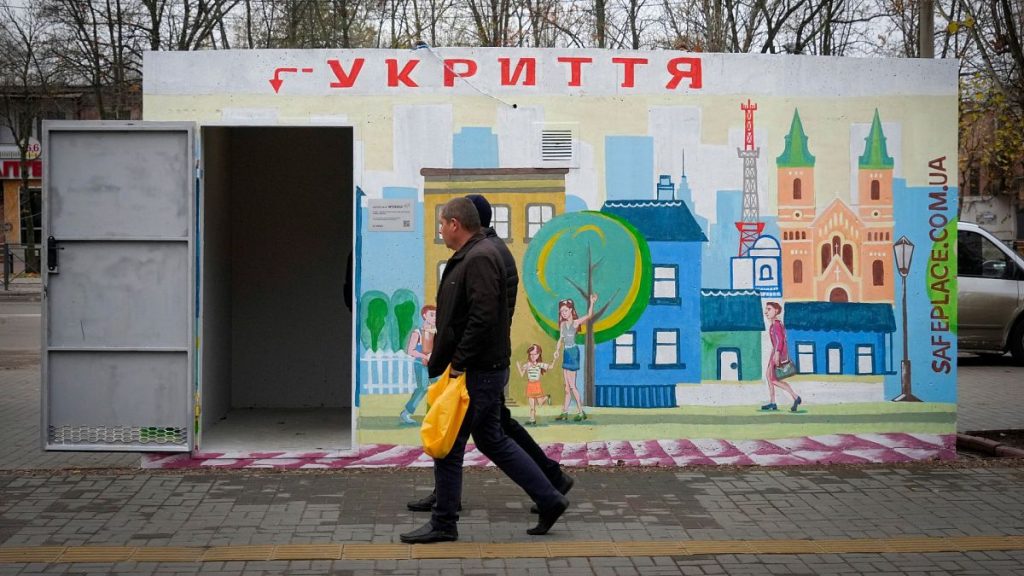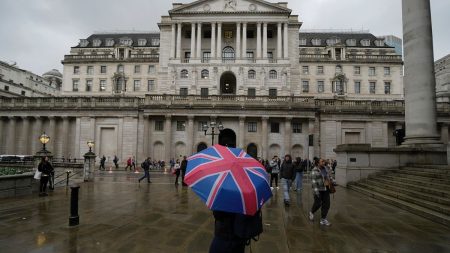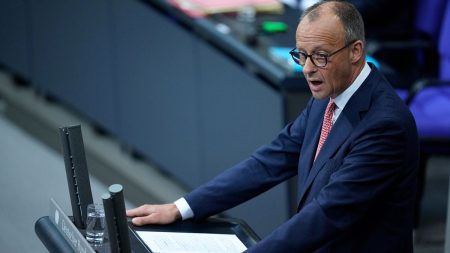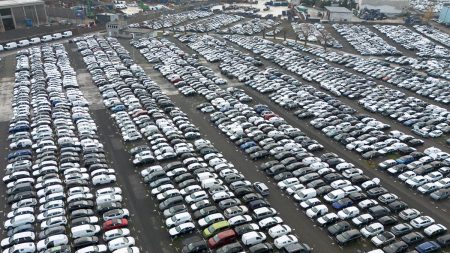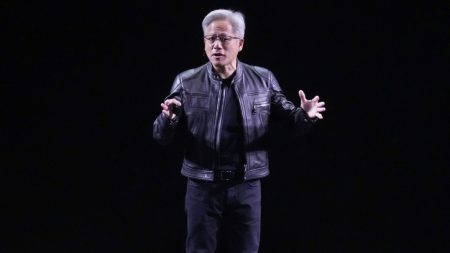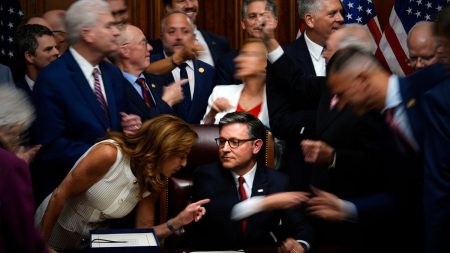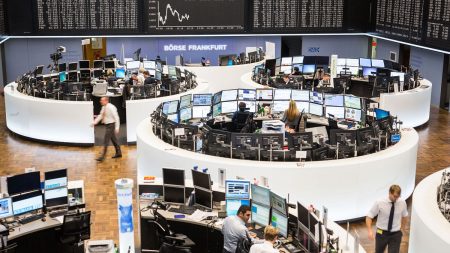As the third year of Russia’s full-scale invasion of Ukraine unfolds, the complexities of the nation’s economic future post-war remain a central concern for business owners and academics alike. The ongoing conflict has not only inflicted immediate damage but also set the stage for long-term economic challenges that will be encountered as the country looks toward rebuilding. The intricacies of labor shortages, erosion of supply chains, and export hurdles highlight the extent to which the war has reshaped Ukraine’s economic landscape. Discussions around Ukraine’s recovery post-conflict point to a multifaceted reconstruction effort requiring comprehensive strategies and substantial international support.
One poignant example of the current economic strain can be seen in the experiences of Olteya, a Ukrainian footwear business operating out of Zhytomyr. The company, led by founder Vita Korovina, faces significant operational difficulties due to the war-induced scarcity of male workers. This challenge not only hampers the day-to-day functioning of the factory but also complicates long-term planning for exports. Korovina voiced her deep concern over the implications of further military conscription among her male workforce, emphasizing that without enough personnel, the viability of her business could be jeopardized. This narrative of labor shortages is common across various sectors in Ukraine, revealing a broader trend of diminished human resources impacting productivity and economic stability during wartime.
Furthermore, Ukraine’s export capabilities are severely hindered by both logistical obstacles and external trade policies. Although the European Union initially eased restrictions on imported Ukrainian goods as a gesture of support, recent tariff reintroductions, especially on critical commodities like eggs, have complicated matters. Neighboring countries such as Poland and Slovakia have instituted additional barriers to protect their markets, complicating further the export capacity of Ukrainian businesses. Korovina’s comments on the dire situation at the non-functioning ports underscore the significant logistical challenges, such as slow shipping and high costs, brought about by civil unrest, including farmer protests in neighboring states. These barriers demonstrate the intricate web of domestic and international factors affecting Ukraine’s ability to thrive economically amid war.
In addition to labor and export challenges, the necessity for foreign aid looms large in discussions about Ukraine’s post-war recovery. Korovina highlighted the urgent need for international support, particularly in the renewable energy sector and the restoration of housing, factories, and infrastructure damaged during the conflict. This aid is expected to play a critical role in reconstructing Ukraine’s economic foundation, as the need for repairs and enhancements to critical infrastructure will be substantial. The integration of foreign investment and expertise will be essential not only to kickstart rebuilding efforts but also to develop a more resilient and diversified Ukrainian economy capable of withstanding future shocks.
As the war continues to rage on, a cloud of uncertainty hangs over Ukraine’s future economic landscape. With large territories still under Russian occupation, discussions of a post-war scenario prompt varied perspectives on what recovery may entail. There exists a shared acknowledgment of the extensive groundwork required to transition from conflict to stability. Analysts suggest that while some recovery elements may focus on rehabilitation and restoration of existing structures, there may also be opportunities to innovate and build anew, potentially steering Ukraine’s economy towards more sustainable industries and practices in the long run.
Ultimately, navigating the complexities of a post-war economy is a multifaceted endeavor that will require not only addressing immediate challenges but also fostering a long-term vision for growth and resilience. The combined weight of labor shortages, export restrictions, and the need for foreign assistance represents significant hurdles that will shape the discourse surrounding economic recovery in Ukraine. Lessons learned during the conflict could inform strategies for a robust rebuilding process that embraces both traditional industries and emerging fields, thereby establishing a more sustainable economic future for Ukraine as it seeks to rise from the ashes of war.


